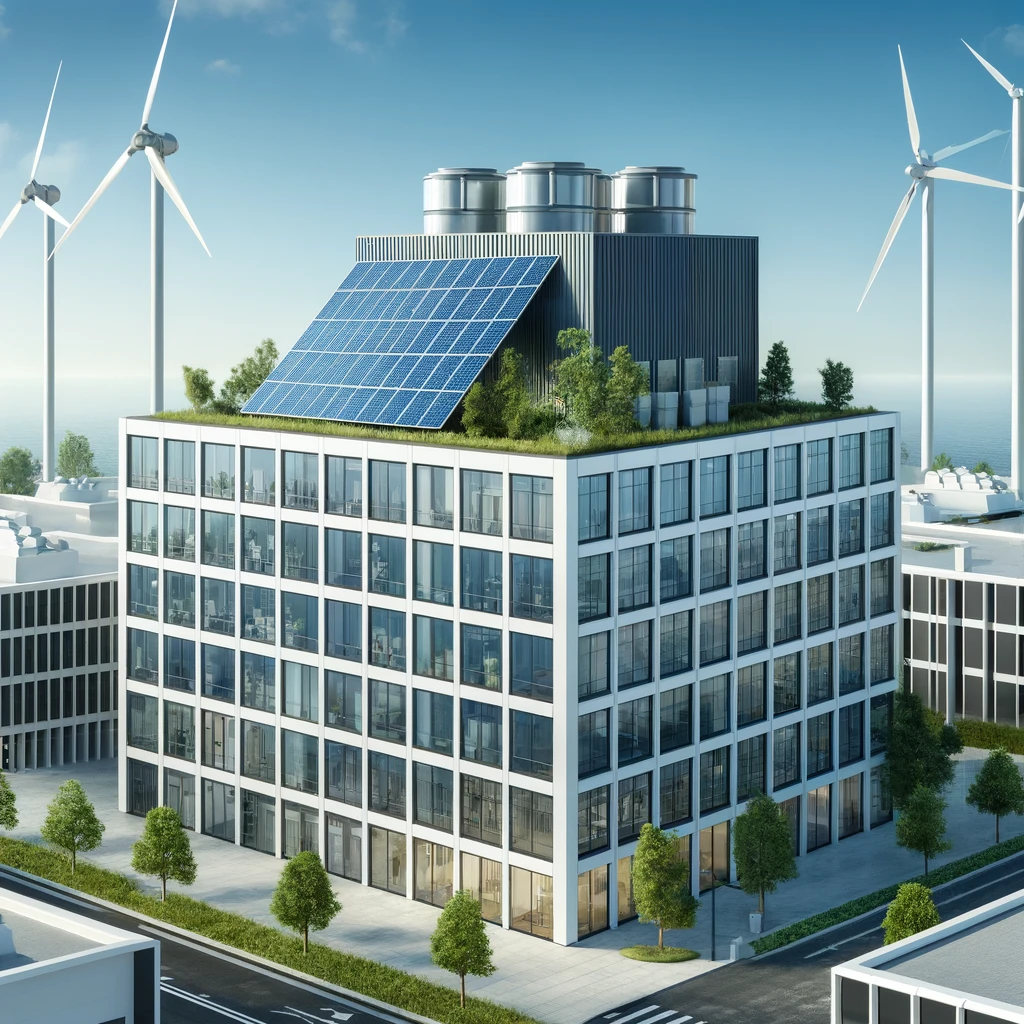
Decarbonizing Office Buildings with Traditional VAV Systems: A Path to Sustainability
Introduction
The pressing need to address climate change has put a spotlight on the carbon footprint of buildings, particularly office spaces that consume vast amounts of energy daily. Heating, ventilation, and air conditioning (HVAC) systems are among the largest energy consumers in these buildings, making them prime targets for decarbonization efforts. One promising avenue is the optimization of traditional Variable Air Volume (VAV) systems. By enhancing the efficiency of these existing systems, we can significantly reduce energy consumption and pave the way toward more sustainable office environments.
Understanding Traditional VAV Systems
What Are VAV Systems?
Variable Air Volume (VAV) systems are a type of HVAC setup that modulates the airflow to different zones within a building to maintain desired temperature settings. Unlike Constant Air Volume (CAV) systems, which supply a steady airflow regardless of demand, VAV systems adjust the volume of air based on the specific needs of each area. This variability allows for more precise temperature control and can lead to energy savings.
How Do They Function in Office Buildings?
In an office setting, VAV systems distribute conditioned air through a network of ducts to various zones or rooms. Each zone is equipped with a VAV box containing a damper that regulates airflow. Sensors monitor the temperature, and the damper adjusts accordingly to maintain the setpoint. This setup allows for individualized comfort control and can adapt to varying occupancy levels and heat loads throughout the day.
Advantages and Limitations
Advantages:
Energy Efficiency: By adjusting airflow based on demand, VAV systems can reduce energy consumption compared to constant volume systems.
Improved Comfort: Occupants experience better temperature regulation, enhancing comfort and productivity.
Scalability: VAV systems can be designed for buildings of various sizes and complexities.
Limitations:
Complex Controls: Traditional VAV systems may rely on outdated control strategies, leading to inefficiencies.
Maintenance Needs: Regular maintenance is crucial to ensure optimal performance, which can be resource-intensive.
Initial Costs: Upgrading or retrofitting systems can require significant upfront investment.
The Role of VAV Systems in Decarbonization
Unlocking Energy Efficiency Potential
Optimizing traditional VAV systems is a practical step toward decarbonizing office buildings. Since these systems are already widely installed, improving their efficiency can have an immediate impact. Enhancements can lead to:
Reduced Energy Consumption: Fine-tuning the system minimizes wasted energy.
Lower Operational Costs: Energy savings translate to cost reductions over time.
Decreased Carbon Emissions: Using less energy results in fewer greenhouse gas emissions from power plants.
Retrofitting for Better Performance
Retrofitting existing VAV systems involves updating components and control strategies to modern standards. This can include:
Upgrading to Digital Controls: Replacing analog controls with digital ones allows for more precise management.
Implementing Variable Speed Drives: These adjust the motor speed of fans and pumps, leading to energy savings.
Enhanced Monitoring: Installing advanced sensors provides real-time data for better decision-making.
Strategies for Decarbonizing with VAV Systems
Implementing Advanced Controls and Sensors
Modern control systems can optimize VAV performance by:
Utilizing Predictive Analytics: Anticipate demand changes and adjust settings proactively.
Occupancy Sensing: Adjust airflow based on the presence of people to avoid conditioning unoccupied spaces.
Integration with Energy Management Systems (EMS): Centralized control enhances coordination among various building systems.
Utilizing Energy Recovery and Demand-Controlled Ventilation
Energy Recovery Ventilators (ERVs): Capture energy from exhaust air to pre-condition incoming fresh air.
Demand-Controlled Ventilation (DCV): Adjust ventilation rates based on indoor air quality metrics like CO₂ levels, ensuring optimal air quality without unnecessary energy use.
Maintenance and Commissioning for Optimal Performance
Regular maintenance and commissioning are vital:
Preventive Maintenance: Routine checks and servicing keep systems running efficiently.
Retro-Commissioning: Assessing and fine-tuning existing systems to improve performance.
Continuous Commissioning: Ongoing data analysis helps identify and rectify issues promptly.
Conclusion
Decarbonizing office buildings is an essential step toward a sustainable future, and optimizing traditional VAV systems offers a practical and effective approach. By enhancing energy efficiency, integrating renewable energy sources, and prioritizing regular maintenance, office buildings can significantly reduce their carbon footprints. As technology advances, the potential for further improvements only grows, making now the ideal time to invest in these upgrades.
Embracing these strategies not only contributes to environmental stewardship but also offers economic benefits and improved occupant comfort—a win-win situation for building owners, occupants, and the planet.
Interested in learning more about decarbonizing your office building? Contact Revma Energy Solutions today for a consultation on how to optimize your VAV system for a sustainable future.

